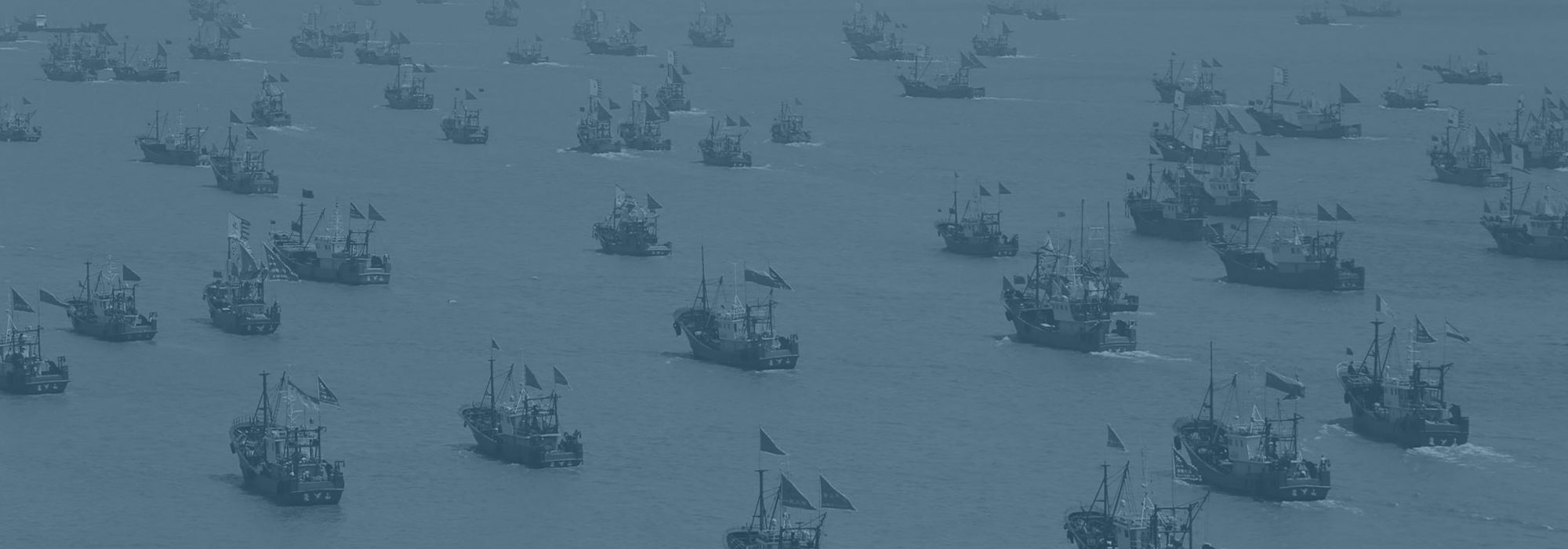By Jacob L. Shapiro
The latest round of Japanese and Chinese squabbling over disputed islands in the East China Sea has escalated in recent days. On Aug. 5, according to Japan’s Ministry of Foreign Affairs, as many as 230 Chinese fishing vessels and 13 coast guard ships sailed into the contiguous zones surrounding a group of islands, known as the Senkaku Islands in Japan and the Diaoyu Islands in China. Three of those ships reportedly had gun batteries, and two more Chinese government vessels allegedly got within 12 miles of the Senkakus/Diaoyus on Sunday evening.
There are two main things to note in this development. The first is that it represents a moderate intensification of tensions between Japan and China in the areas around these disputed islands where both countries’ territorial claims overlap. The second is that this escalation should not be blown out of proportion. China is not really spoiling for a fight, and Japan is not in a position to give it one.
It is difficult to pinpoint a precise moment when tensions between China and Japan began to rise; this particular territorial dispute exerts a constant low-level pressure on both sides, even when relations are good. However, a few recent events stand out. On June 15, a Chinese Type 815 spy ship entered Japan’s territorial waters near the Sakishima Islands in Okinawa – the first time since 2004 that China had been so bold. Then, on Aug. 2, Japan issued its annual defense white paper, which criticized China for an overly aggressive posture in the East China Sea. China’s Defense and Foreign ministries responded in harsh terms to what they saw as unfair allegations and pledged to safeguard Chinese sovereignty with an “unshakeable” resolve.
Using fishing boats to encroach on Japan’s territorial waters isn’t necessarily a novel tactic, but the degree to which China put it to use this past weekend against Japan is notable. In the South China Sea, China often uses these fishing vessels – with or without coast guard escorts – to delegitimize other claimants like Malaysia or the Philippines. China has also done this around the Senkakus/Diaoyus before; in 2010, a Japanese coast guard vessel collided with a Chinese fishing vessel, which sparked nationalist protests in mainland China. However, 230 fishing ships and 13 coast guard vessels are a direct challenge, not a mistake or a few fishing boats looking for a big pay-day.
This is an effective strategy for China because it allows China to assert territorial claims without actually sparking violent conflict. In this case, Japan does not want to initiate conflict with China. For one thing, Japan cannot be certain that the U.S. will back it if Japan is seen as the aggressor. Japan also does not want to give China an excuse to become even more strident, nor does it want to set off nationalist sentiments in China in response to any offensive action it would take.
China then gets to pick the best kind of fight: one that won’t actually become a fight. It gives the impression that China is more powerful than it appears and makes Japan look weaker than it is. It allows China to play the role of provocateur and see just how far it can push its claims, while also leaving room to retreat if necessary. Even though China is the weaker party – perhaps even because it is the weaker party – it can and often does push the envelope in this way.
Amid this saber rattling between the Chinese and the Japanese, there is a concurrent thaw of relations between China and the U.S. A little over 48 hours after the drama began in the East China Sea, the USS Benfold, a U.S. missile destroyer, arrived at the Chinese port of Qingdao on what the U.S. Navy said was a scheduled visit. It is the first time a U.S. Navy ship has visited China since the Chinese canceled a visit from the aircraft carrier John C. Stennis at the last minute in May. It is also the first visit since the Permanent Court of Arbitration in The Hague ruled in favor of the Philippines in its dispute with China on July 12.
Why a U.S. destroyer would pay a courtesy call to a Chinese port during an intensifying argument between Japan and China is unclear. It seems unlikely that China invited a U.S. ship there to cause problems between the U.S. and Japan. The Benfold would have had enough time to turn around if it needed to. But it underscores the hollow nature of the war of words, fishing trawlers, and uninhabited islands in the Pacific. Strain in the relationship between China and Japan is important, as is where the United States situates itself, but ultimately, this is balance of power politicking, not a prelude to imminent violence.








